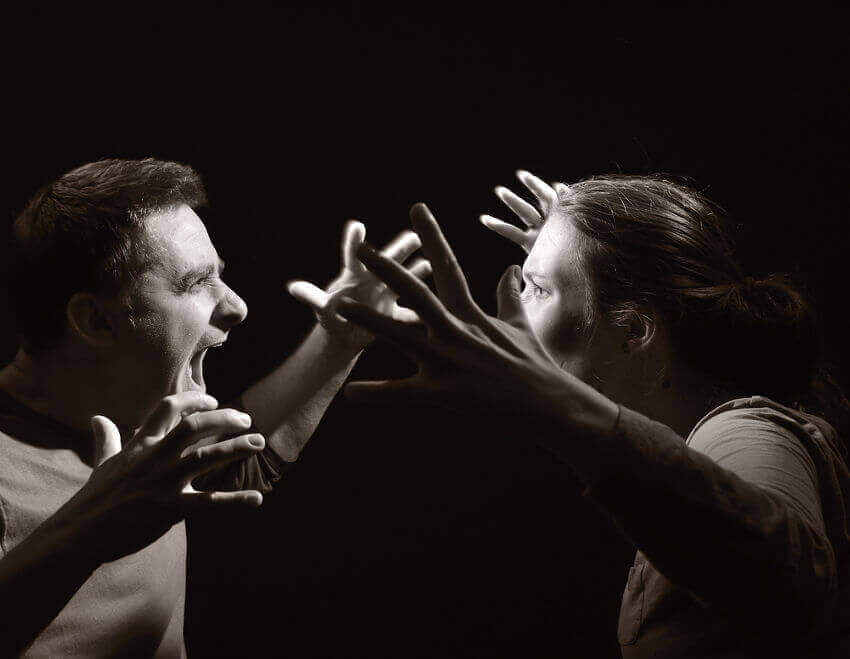You may have heard Paulo Coelho’s phrase that says, “Fear often manifests itself in two ways: through aggression or submission. “In the case of heteroagresivity, it is due to the first.
But before we go any further, and because it’s so fashionable these days to name everything about gender and sexual behavior, I mean that in this case it’s nothing of that, that is, it has nothing to do with machismo. violence, etc.
- “In every society and in every community there must be a canal.
- An exit door through which the accumulated energy can be released in the form of aggression.
- Frantz Fanon-.
To clarify this, let’s define heteroagresivity, in this case we mean aggression, which includes all kinds of aggressive behaviors towards an external object (other than self-aggression: an umbrella under which all the behaviors where the perpetrator and the victim are located are included. the same person).
In other words, this phenomenon encompasses a set of very different models of intensity and typology. Therefore, this includes behaviors such as aggressive gestures, physical fights, verbal expressions and insults, etc.
It should also be added that, according to research, this aggressive behavior is generally associated with different disorders, so it is associated with mental problems of different nature, from psychotic to affective or organic.
It is possible to differentiate a number of characteristics that make this phenomenon something unique and unique, let’s look at the most important ones:
There are three syndromes that especially characterize heteroagresivity, a phenomenon that can be facilitated by disorders such as schizophrenia, bipolarity or depression, and shows some obvious factors:
It is a series of disturbing behaviors for others who appeal to children and manifest themselves in the form of social disorders and negativism, or even stimulating attitudes, typical of children under the age of 10, so their behavior becomes disobedient, provocative, very hostile and very provocative, far beyond normal limits.
As for disocial disorder, also attributed to children, it presents repetitive patterns that tend to violate the fundamental rights of others and accepted social norms.
Those affected exhibit behavior known as intermittent explosive disorder, characterized by total loss of aggressive impulse control.
This effect triggers a very disproportionate attack on the factor that triggered it, and manifests itself in physical and verbal attacks, which can last a few seconds or minutes, but usually disappear spontaneously.
This also leads to motor hyperactivity accompanied by emotional changes, mainly through fear, anxiety and anxiety, in this case the intensity can be very varied, from mild to intense and violent.
This factor can occur for different situations, such as reaction to drugs or toxic substances, systematic infections, neurological disorders, etc.
The consequences of heteroagresivity are usually multiple and caused by several factors, which can present criminal behaviors, destructive attitudes, unrealistic solutions to problems, anxiety disorders, etc.
“Anyone who gets involved in a subject using aggression loses their mind and, more clearly, their strength. He who is sure of something does not need to raise his voice or exalt himself. -Julion Marias-
As we see, it is a phenomenon associated with some really serious and dangerous disorders, besides that it can trigger very violent behaviors and even coercions about anyone from abroad without any kind of ceremony.

